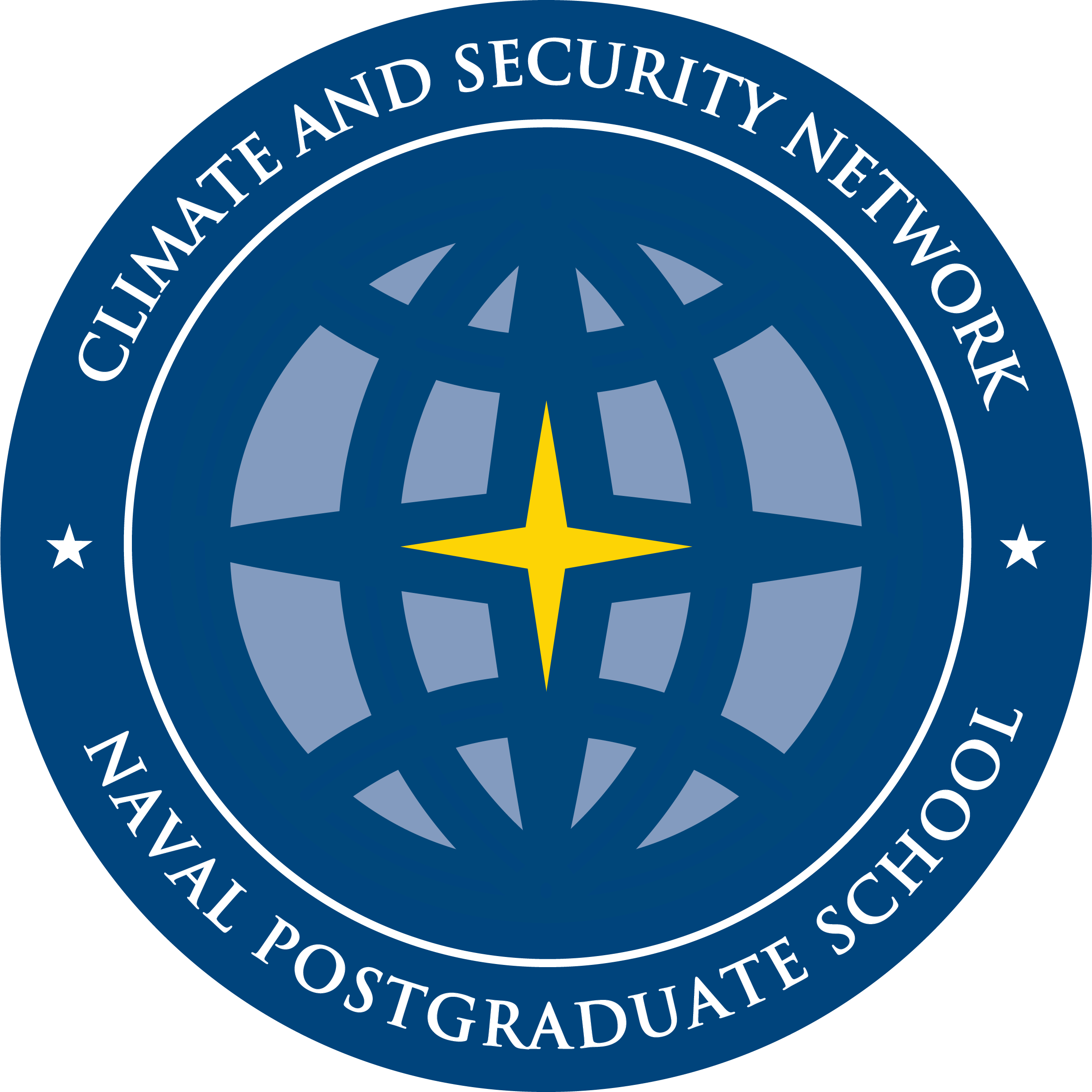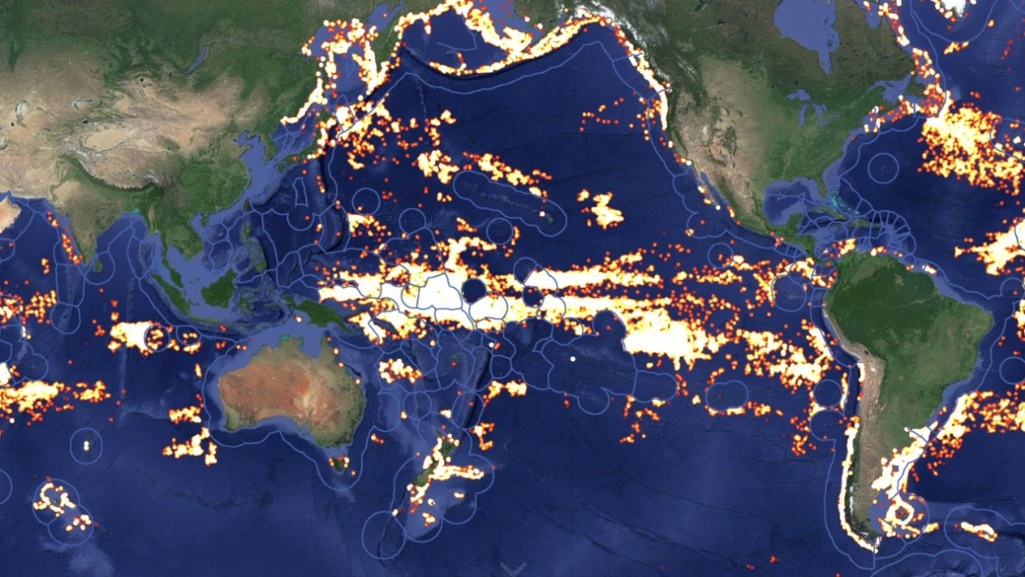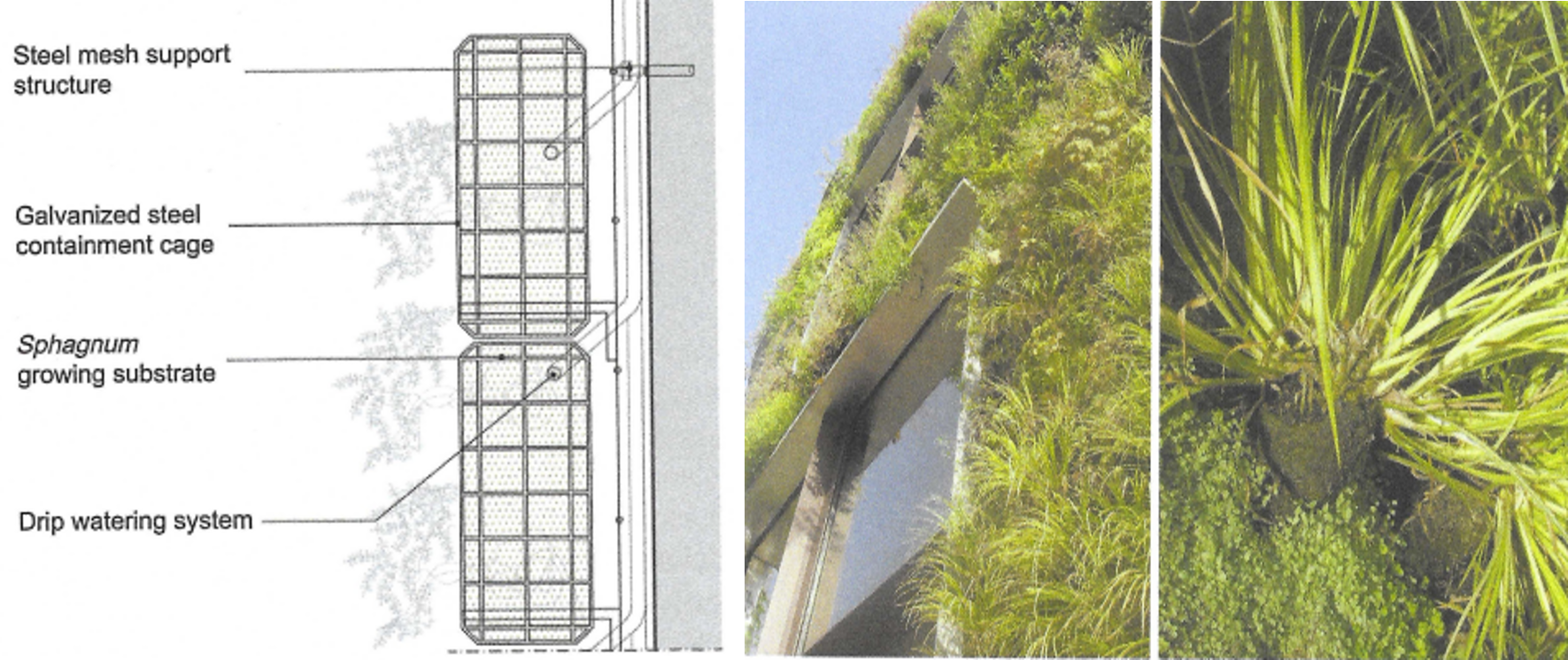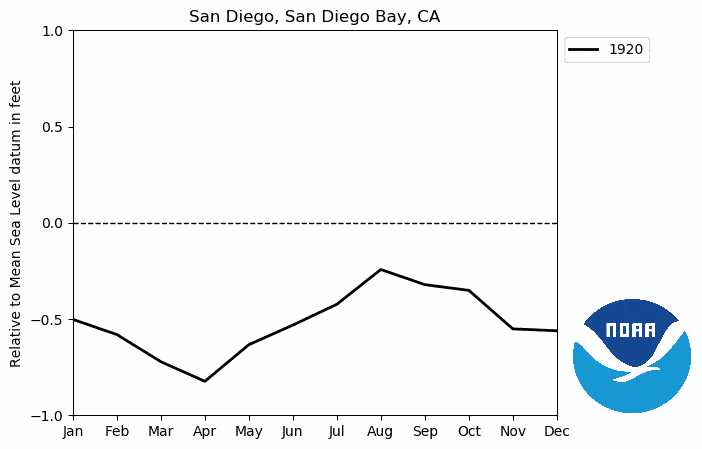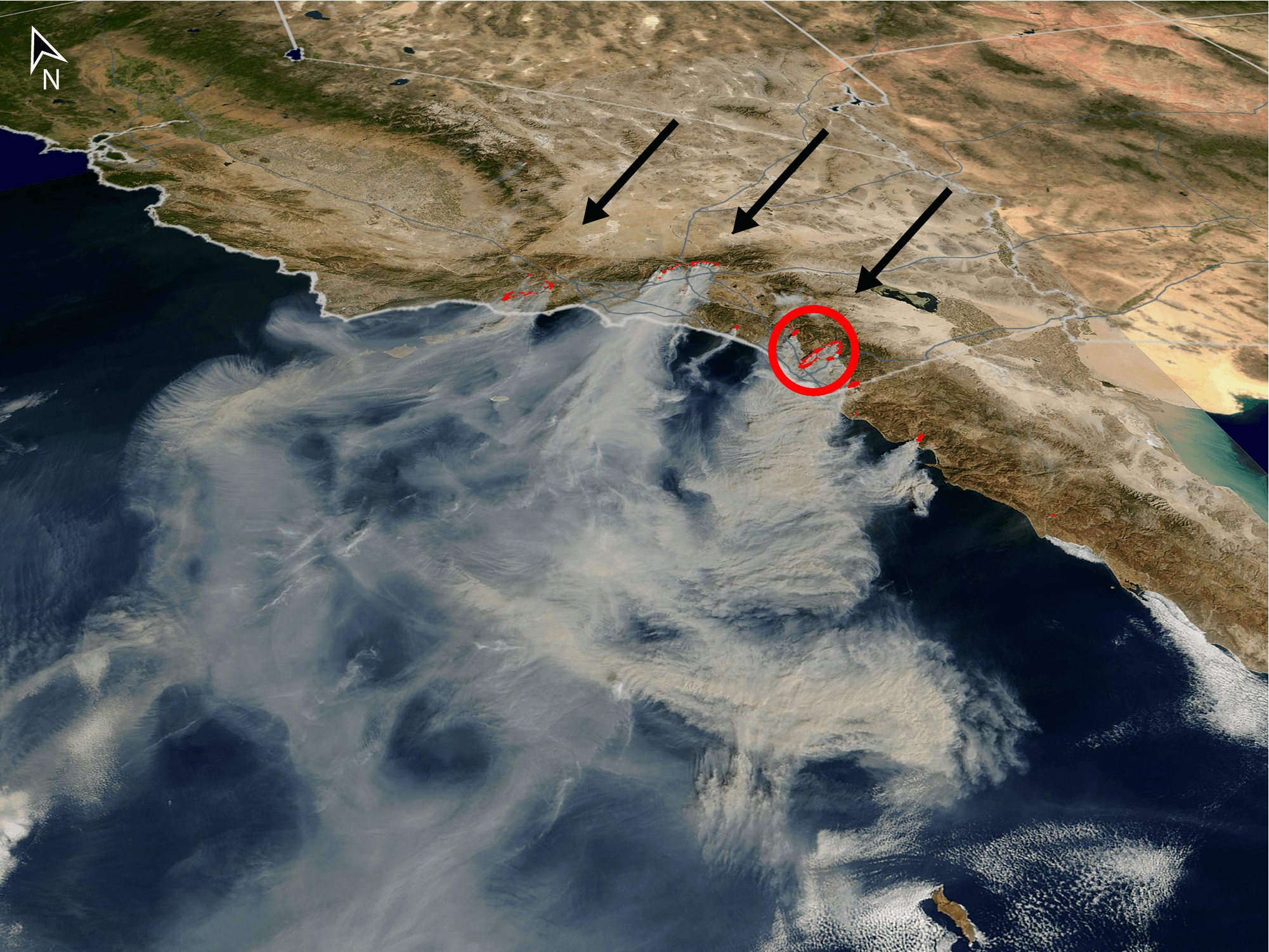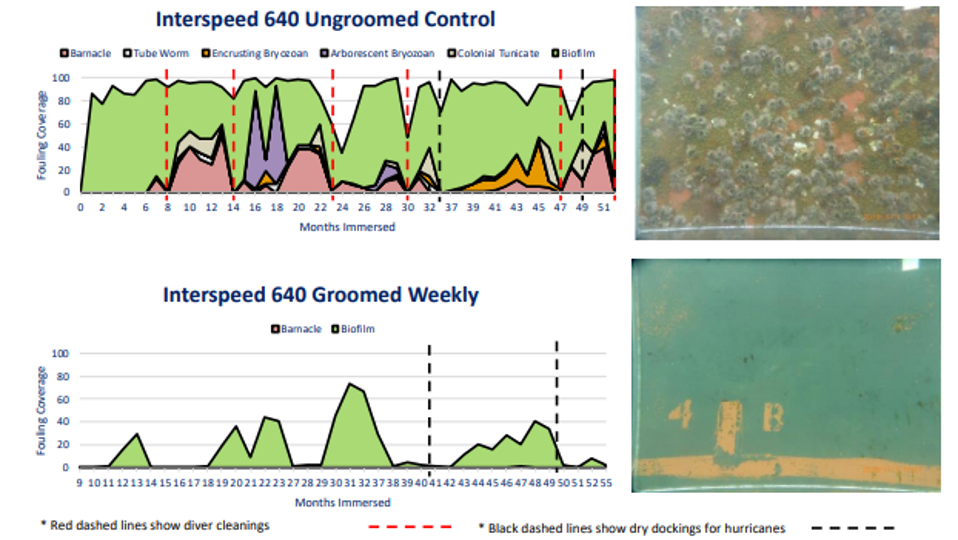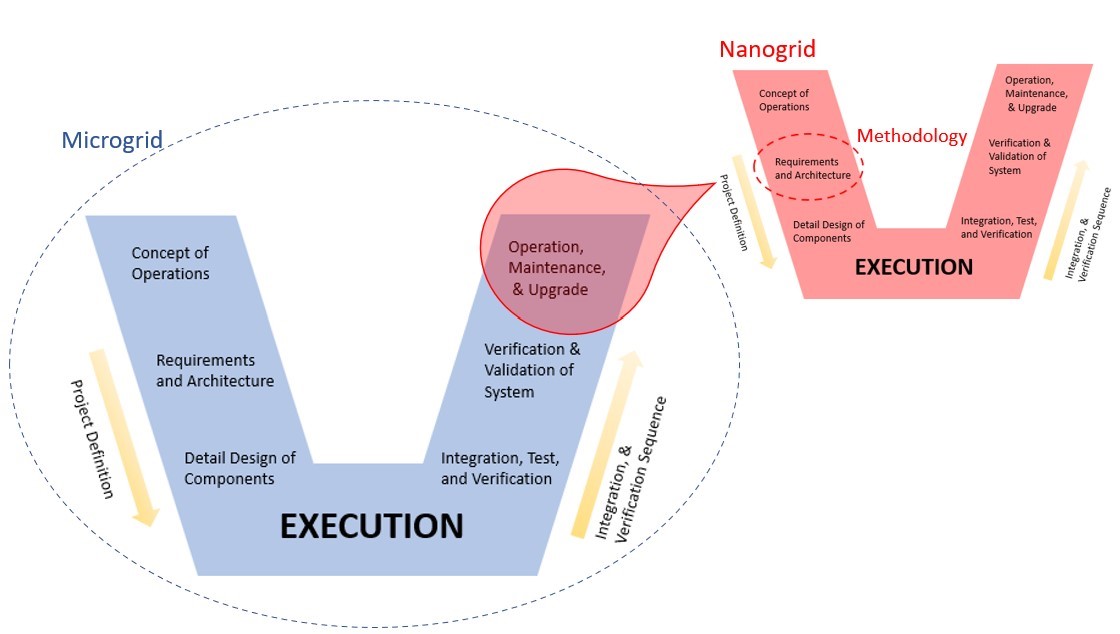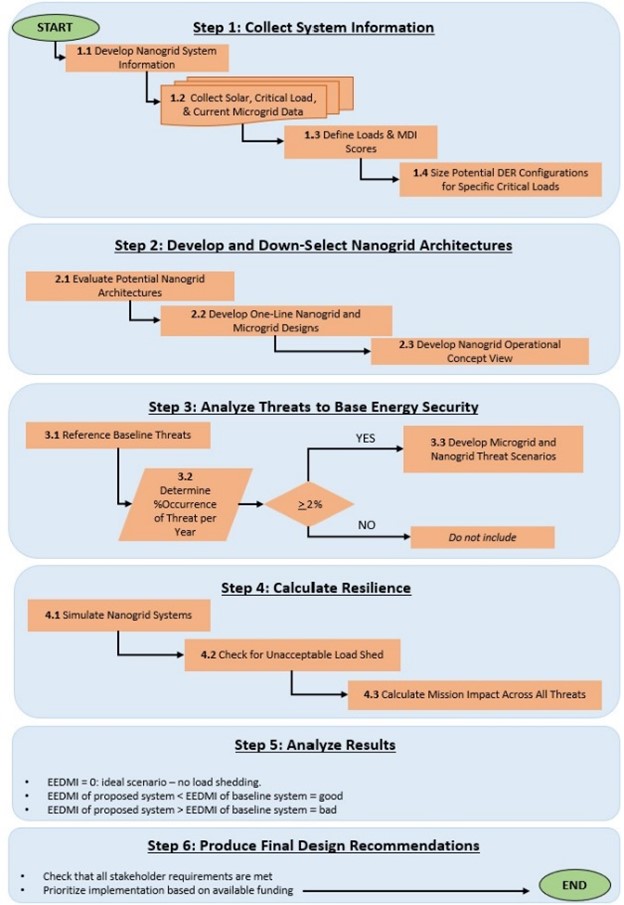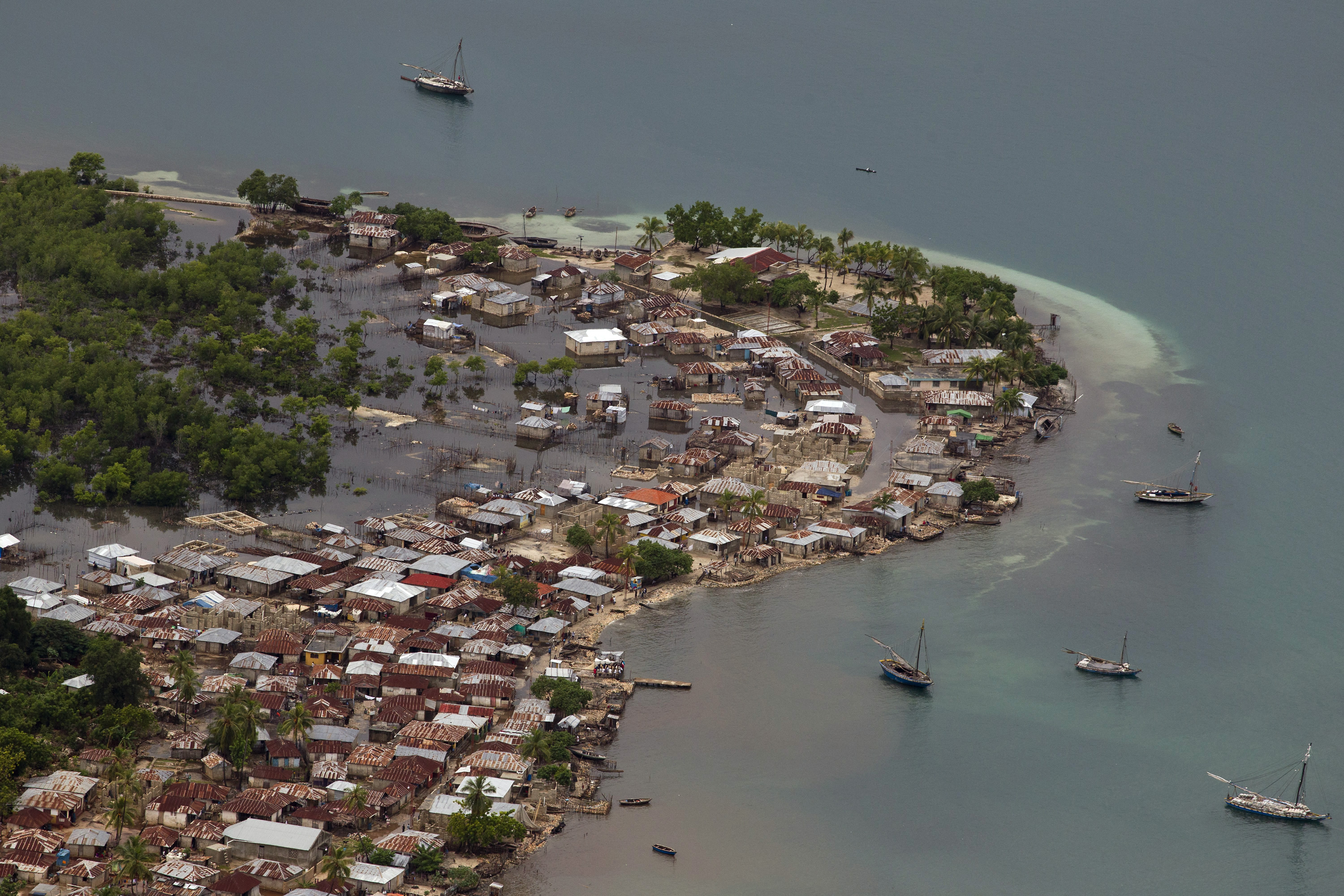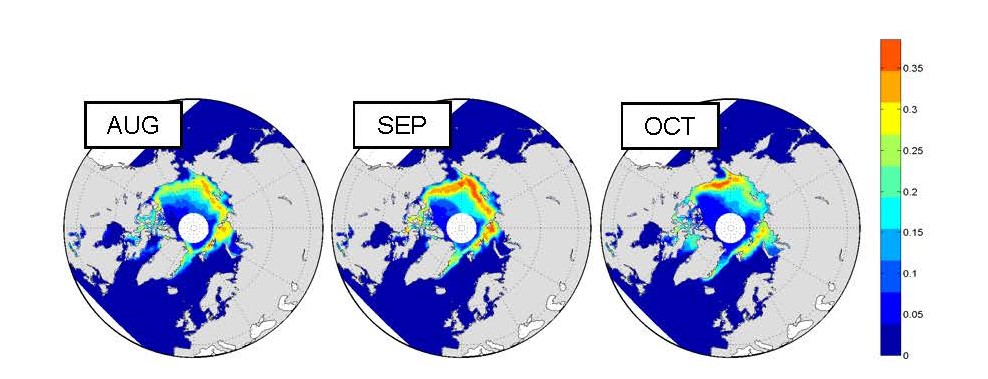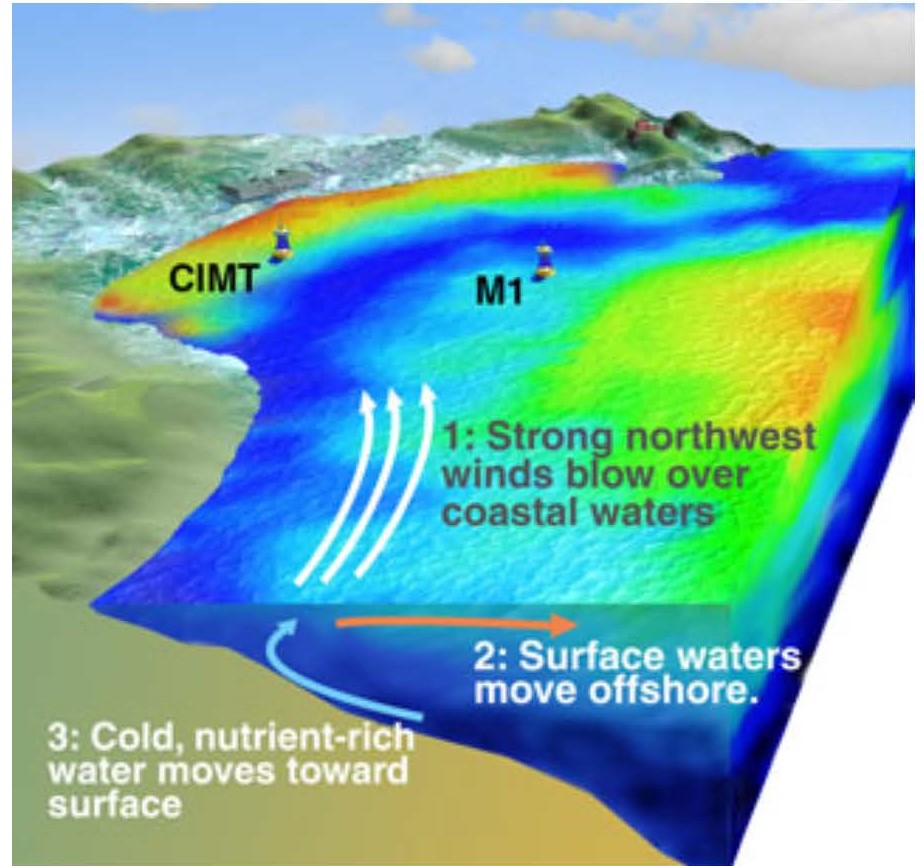Featured Research - Climate and Security
Featured Research
- Illegal, Unreported and Unregulated Fishing in Oceania
- Downstream benefits of retrofitting aged DOD building stock with a focus on increasing building envelope efficiency
- Sea Level Change vulnerability and exposure analysis for coastal naval installations: Climate analysis and impacts on US Navy facilities
- Wildfire Favorable Offshore Wind Events in California: Global Scale Climate Teleconnections to Extreme Weather and Potential Subseasonal to Seasonal Predictability
- Mission-Informed Evacuation Models for Naval Station Newport and Aquidneck Island
- Temperature and Biome Effects on Proactive Grooming Frequencies for Marine Anti-fouling Coatings: A Modern Approach to Marine Biofouling Management
- Distributed Energy-Resource Design Method to Improve Energy Security in Critical Facilities
- Long-Range Forecasting of Arctic Sea Ice
Illegal, Unreported and Unregulated Fishing in Oceania
Illegal, unreported, and unregulated fishing (IUUF) is a prevalent issue in Oceania, a vital region to the United States from a military, economic, and diplomatic perspective. IUUF activity is threatening to erode U.S. influence and poses significant homeland defense and security challenges. This thesis addresses the question of how the United States and its partnering nations can better address the IUUF threat in Oceania. A variety of academic research, journal articles, scientific studies, laws and treaties, domestic and international government documents, and non-government reports were analyzed to answer this question. The analysis explored counter-IUUF mitigation efforts underway in Oceania and, in doing so, outlined the region’s counter-IUUF strategy. A six-step strategic analysis tool was applied to evaluate Oceania’s counter-IUUF strategy and identify actions that the United States and its partnering nations can take to strengthen its effectiveness.
Contact: LCDR Mark Leahey | Email
Co-advisors: Kathryn J. Aten, Defense Management | Information Sciences
Kristen Fletcher, Energy Academic Group
Caption: Map of Fishing Activity in Oceania (Global Fishing Watch)
Downstream benefits of retrofitting aged DOD building stock with a focus on increasing building envelope efficiency
This report examines the downstream benefits of retrofitting current building stock on Department of Defense (DOD) installations. A holistic approach is necessary to achieve the objectives laid out by the executive branch to achieve a net-zero emissions building portfolio by 2045. Current procurement standards address this objective with new construction, however most buildings within the DOD stock were built ahead of these initiatives and 29% have exceeded their life-expectancies. Since this represents a large portion of the DOD building stock, priority should be given to building envelope retrofit projects to reduce the thermal demand in a logically sequenced approach toward net-zero goals. These initial steps are necessary to improve efficiencies which will lead to reduced demand and facilitate downstream investments in alternative and reduced emissions systems. This report will utilize a case study done at NPS that highlights the savings achieved from buildings with tight envelop and investigate funding streams to achieve these goals. Read the thesis.
Contact: LT Shawn Reed | Email
Co-advisors: Kristen Fletcher, Energy Academic Group and Amilcar Menichini, Defense Management
Caption: Green/living wall system. Source: Casini (2016)
Sea Level Change vulnerability and exposure analysis for coastal naval installations: Climate analysis and impacts on US Navy facilities
In terms of climate change, the Navy faces an imminent challenge of adapting and supporting fleet operations. Extreme sea levels near the coast can cause severe risk of life and infrastructure, and while forecasts are improving, understanding, and planning for these events remains a challenge. This study proposes a methodology that identifies the distinct spatial patterns of Sea Level Variability (SLV) at small scale and to depict sea levels response to atmospheric teleconnection parents by utilizing technology resources and information already available, in a way that it can be used globally at other locations as a tool to better quantify the risks of extreme water levels.The main goal of the research is to provide effective means to present and integrate relevant environmental information to a Defense decision making process in support of facilities planning and management. For more information, visit Sea Level Variability Analysis.
Contact: LT Monica Killoran | Email
Co-advisors: Professor Scott Powell, Meteorology
Professor Mara Orescanin, Oceanography
Wildfire Favorable Offshore Wind Events in California: Global Scale Climate Teleconnections to Extreme Weather and Potential Subseasonal to Seasonal Predictability
Wildfire favorable offshore wind events (OWEs) in California, such as Santa Ana (SA) and Diablo wind events, are extreme weather events that can contribute to severe societal and security impacts, such as wildfires and infrastructure vulnerability. OWEs and their impacts are especially common in October-December, at the end of the California dry season. We analyzed the large-scale weather and climate conditions associated with OWEs in California during November 1979-2018 and found that OWEs in California tend to be part of anomalous planetary wave trains that span all or most of the northern extratropics and that they appear to be initiated by sea surface temperature anomalies (SSTAs) and tropospheric convection anomalies in the tropical Indian Ocean and western-central tropical Pacific region. These anomalies are similar to several of the anomalies that characterize the Madden Julian Oscillation (MJO), El Nino and La Nina (ENLN), and ENLN Modoki.
Contact: Kellen Jones, CCM, LCDR, US Navy | Email
Advisor: Tom Murphree, Meteorology
Caption: Visible satellite imagery of wildfires and smoke plumes on 26 October 2003 in Southern California. The red dots represent individual incidents (separate fires). Offshore flow (black arrows) from a Santa Ana wind event pushes smoke out over the Pacific Ocean. Red circle encompasses the massive Cedar Fire in San Diego County, CA.
Citation: Descloitres, J., 2003. Southern California Fires, Oct 26, 2003. Accessed 29 March 2021. NASA/Goddard Space Flight Center Scientific Visualization Studio. https://svs.gsfc.nasa.gov/vis/a000000/a002800/a002842/.
Mission-Informed Evacuation Models for Naval Station Newport and Aquidneck Island
During major hurricanes, key roads and facilities for military missions can become disrupted and unreachable. This is compounded with local evacuation orders that require nearby communities and military personnel to quickly leave the area, leading to major traffic jams that further disrupt operations on and off base. In this work, we will develop a model for optimal evacuation for Naval Station Newport and surrounding communities on Aquidneck Island. The goal is to develop plans that minimize the travel time for local communities to evacuate while maximizing mission assurance for key facilities and emergency response activities that will remain on the island. This work is in collaboration with the Military Installation Resilience Review (MIRR) led by Dr. Austin Becker at the University of Rhode Island. Read more
Contact: LCDR Amanda Jones | Email
Advisor: Daniel Eisenberg, Operations Research
Temperature and Biome Effects on Proactive Grooming Frequencies for Marine Anti-fouling Coatings: A Modern Approach to Marine Biofouling Management
Proactive grooming of marine anti-fouling coatings using Roomba like autonomous vehicles has been shown to have many economic and environmental benefits over reactive cleaning techniques currently utilized by the US Navy. However, existing datasets are limited to a single geographic area, precluding the ability to make broad conclusions about proactive grooming efficacy in the wide variety of marine environments that harbor US Navy vessels. Local area temperature and biome makeup are anticipated to strongly influence proactive grooming frequencies for vessels employing marine anti-fouling coatings. This research aims to investigate the correlation between seawater temperature and the proactive grooming frequencies necessary to maintain biofouling ratings below FR-10 in accordance with NSTM Chapter 81. The ultimate goal is to develop a temperature-based model for proactive grooming that can be applied across all US Navy homeport locations and proceduralize this approach in a future revision of the NSTM.
Contact: LT Sam Royster | Email
Co-Advisors: Professor Young Kwon, Mechanical & Aerospace Engineering
Professor Jarema M. Didoszak, Mechanical & Aerospace Engineering/a>
Partner Institution: Florida Institute of Technology, Center for Corrosion & Biofouling Control
Sponsor: Office of Naval Research
Caption: The fouling progression on ungroomed vs. groomed hull panels with BRA640 coatings over a six year period in Port Canaveral, Florida (Swain et al, 2020, Figure 7)
Investigation of Nanogrids for Improved Navy Installation Energy Resilience
Military bases perform important national security missions. In order to perform these missions, specific electrical energy loads must have continuous, uninterrupted power even during terrorist attacks, adversary action, natural disasters, and other threats of specific interest to the military. While many global military bases have established microgrids that can maintain base operations and power critical loads during grid disconnect events where outside power is unavailable, many potential threats can cause microgrids to fail and shed critical loads. Nanogrids are of specific interest because they have the potential to protect individual critical loads in the event of microgrid failure. We present a systems engineering methodology that analyzes potential nanogrid configurations to understand which configurations may improve energy resilience and by how much for critical loads from a national security perspective. This then allows targeted deployment of nanogrids within existing microgrid infrastructures. A case study of a small military base with an existing microgrid is presented to demonstrate the potential of the methodology to help base energy managers understand which options are preferable and justify implementing nanogrids to improve energy resilience.
Kain, Alissa; Van Bossuyt, Douglas L.; Pollman, Anthony. 2021. https://doi.org/10.3390/app11094298
Distributed Energy-Resource Design Method to Improve Energy Security in Critical Facilities
This paper presents a user-friendly design method for accurately sizing the distributed energy resources of a stand-alone microgrid to meet the critical load demands of a military, commercial, industrial, or residential facility when utility power is not available. The microgrid combines renewable resources such as photovoltaics (PV) with an energy-storage system to increase energy security for facilities with critical loads. The design method’s novelty complies with IEEE Standards 1562 and 1013, and addresses resilience, which is not taken into account in existing design methods. Several case studies simulated with a physics-based model validate the proposed design method and demonstrate how resilience can be included in the design process. Additionally, the design and the simulations were validated by 24 h laboratory experiments conducted on a microgrid assembled using commercial off-the-shelf components.
Siritoglou, Petros; Oriti, Giovanna; Van Bossuyt, Douglas L. 2021. https://doi.org/10.3390/en14102773
The Perfect Storm: Climate-Induced Migration to the United States
From the Mariel boatlift in the 1980s to the 2019 Southern Border Crisis, the United States has consistently been unprepared to handle mass migration events. With the world approximately 1.0°C warmer than pre-industrial levels, climatic-driven migration events will increasingly challenge the U.S. borders. This thesis explores how the United States might prepare to handle cross-border climate change-induced migration from a homeland security perspective. Using the research methodology of scenario planning, this study assesses the many ways the future might unfold by focusing on intersecting global megatrends and an array of global warming projections in the year 2050. This thesis finds that regardless of how the world chooses to combat global warming, migration will continue. Thus, to prepare for such a future, regional agreements and national legislation will be necessary. In turn, if leveraged correctly, climate migrants could help the United States compete with future emerging economies. Ultimately concluding that a proactive approach to climate-induced migration might not only benefit climate migrants but also the future resiliency of the United States well into the mid-century.
Contact: Katelin Wright | Email
Co-Advisors: Rodrigo Nieto-Gomez, National Security Affairs
Christopher Bellavita, Center for Homeland Defense and Security
http://hdl.handle.net/10945/66051
Long-Range Forecasting of Arctic Sea Ice
In terms of climate change, the Navy faces an imminent challenge of adapting and supporting fleet operations. Extreme sea levels near the coast can cause severe risk of life and infrastructure, and while forecasts are improving, understanding, and planning for these events remains a challenge. This study proposes a methodology that identifies the distinct spatial patterns of Sea Level Variability (SLV) at small scale and to depict sea levels response to atmospheric teleconnection parents by utilizing technology resources and information already available, in a way that it can be used globally at other locations as a tool to better quantify the risks of extreme water levels.The main goal of the research is to provide effective means to present and integrate relevant environmental information to a Defense decision making process in support of facilities planning and management. For more information, visit Sea Level Variability Analysis.
The operational production of skillful long-range forecasts of Arctic sea ice has the potential to be very useful when integrated into the planning of Arctic operations by the U.S. Navy and other organizations. We investigated the potential for predicting October sea ice concentration (SIC) in the Beaufort Sea at lead times of one to five months. We used SIC data for 1979-2007 to statistically and dynamically analyze atmospheric and oceanic processes associated with variations of SIC in the Beaufort Sea. We found two key predictors of October SIC in the Beaufort Sea at leads of one to five months--antecedent SIC in the Beaufort Sea and sea surface temperature (SST) in the Caribbean Sea in the preceding May-September period. We also identified and conducted multi-year, linear regression hindcasts using several other predictors (e.g., low level air temperature, low level winds, and upper ocean temperature) that proved useful at various lead times. Our results indicate a significant potential for improving long range forecasts in support of Arctic operations by the U.S. Navy and other organizations.
Contact: Megan Hutchins | Email
Advisors: Dr. Tom Murphree, Meteorology
Dr. David Meyer, Operations Research
Dr. Phillip Durkee, Meteorology
Caption: Average monthly SIC standard deviation in August, September, and October based on data from January 1979–December 2007. The Beaufort Sea experiences the most variability in SIC during these months.
The Effects of Shoaling Internal Tides on Benthic Exchange Events and Near-boundary Mixing Along the Continental Shelf
The effects of shoaling inner shelf internal tidal bores and solitons on the bottom boundary layer have been observed and analyzed during October 2012 at Monterey Bay in Monterey, CA. This research utilized measurements from two different observing systems: the long range propeller-driven AUV called Daphne, and a bottom boundary layer frame measuring changes in temperature, conductivity, pressure, optics, and turbulence during a four week time period. The data collected from these platforms were used to capture the strength of the internal tides and their influence on the bottom boundary layer as they propagate and entrain sediment up into the water column. The focus of this field study was to quantify turbulent intensity levels for active events near the bed and determine correlations with turbulence higher in the water column and the generation of internal nepheloid layers. Observations show how strong changes in the water column currents, turbidity, and turbulence potentially have a large effect on divers and subsurface operating vehicles.
Contact: LCDR Darren Pastrana, USN | Email
Advisor: Dr. Timothy Stanton, Oceanography
Caption: Illustration of strong northwest winds as they blow over the Monterey Bay coastal waters. As the surface waters move offshore cold, nutrient-rich water moves toward surface.

